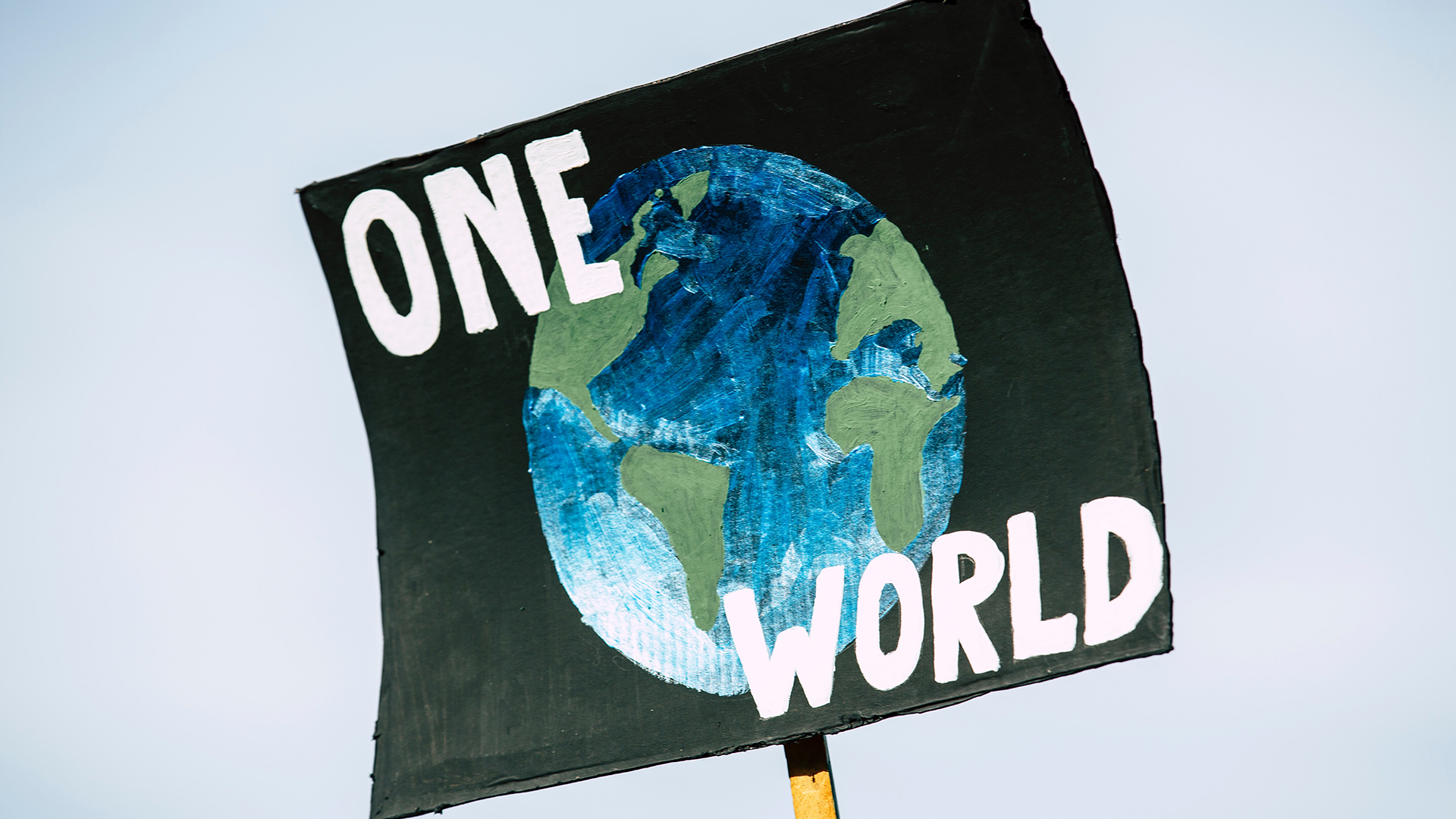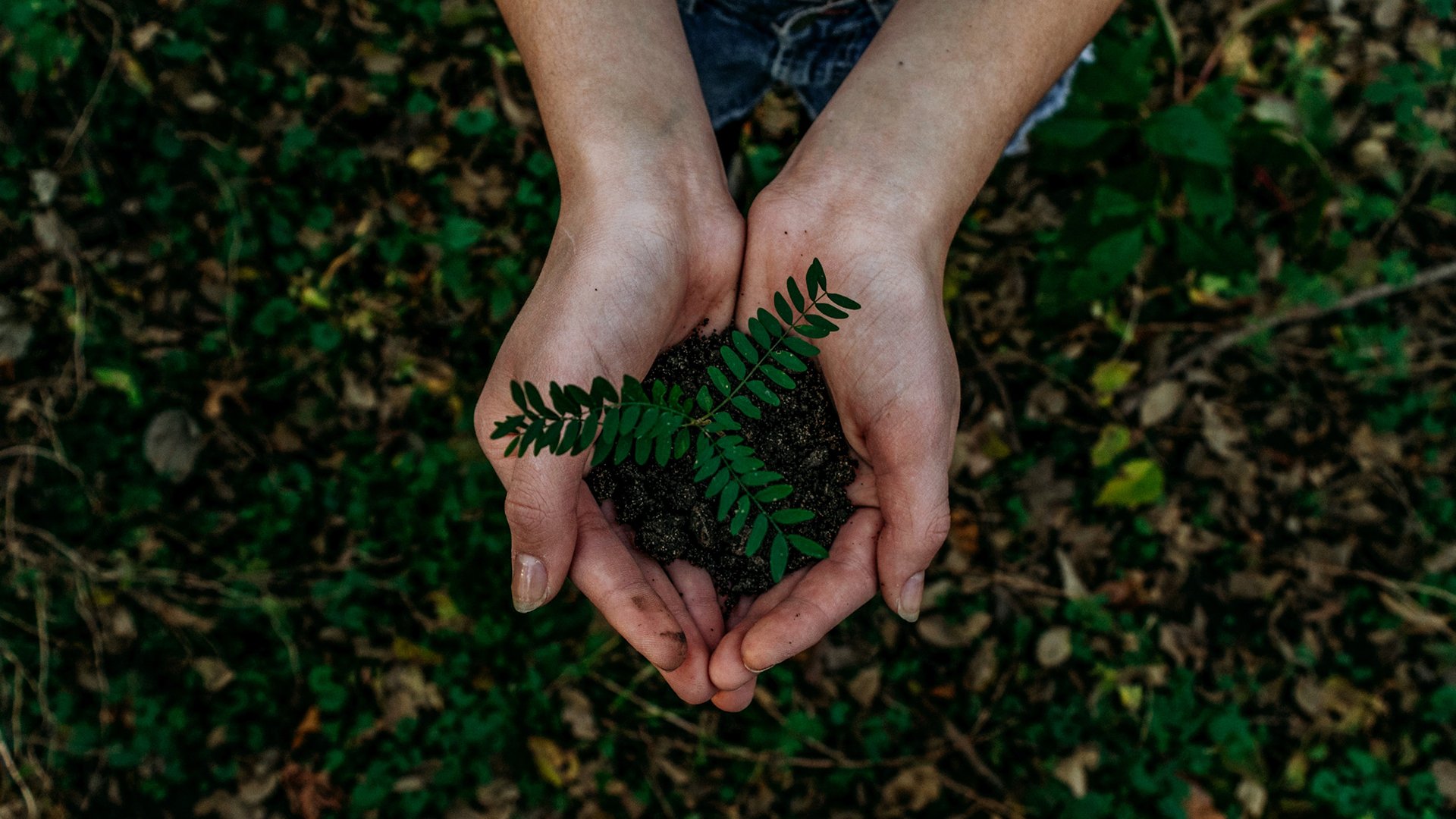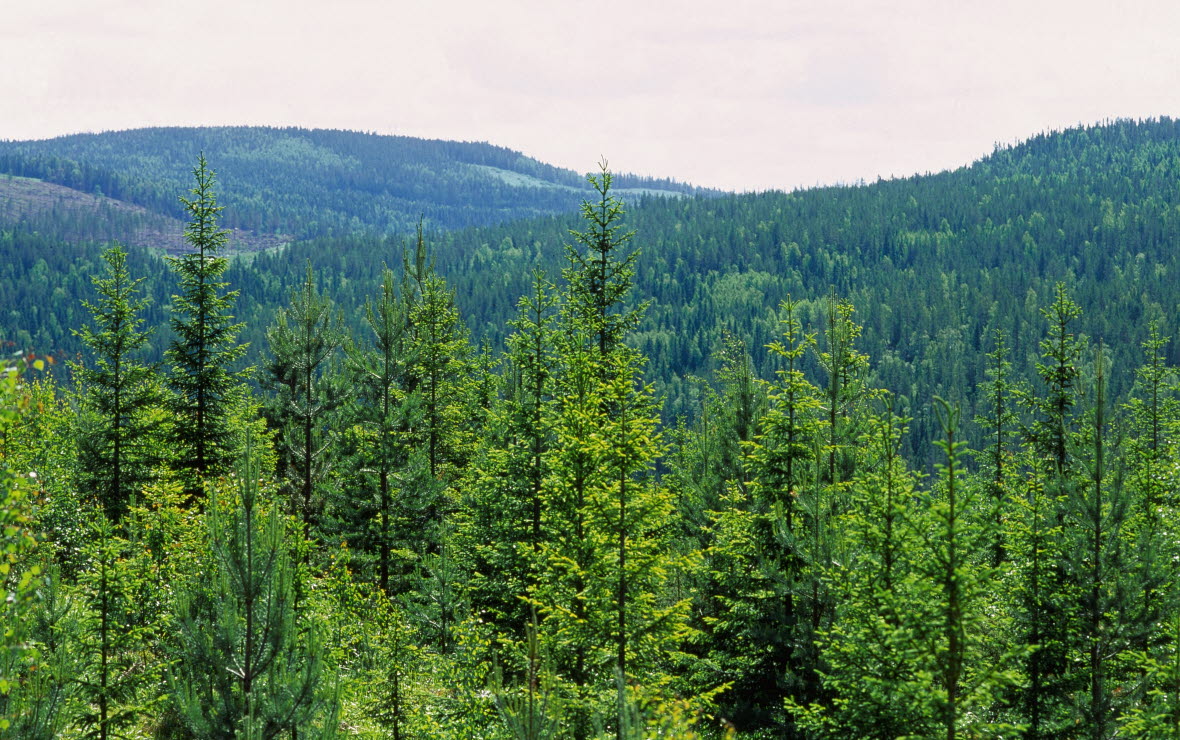How many trees are there on Earth? It sounds like an impossible question, but researchers at the Crowther Lab have come up with a number: 3.04 trillion – or roughly 422 trees per person. That may seem huge, but it is a far cry from what it used to be.
Collecting data from over 400,000 forest plots worldwide, the Zurich-based ecological lab setup by British ecologist Tom Crowther estimated there are 46% fewer trees today than when human agriculture started 12,000 years ago, but humans could reset the dial and tackle the climate crisis through mass tree planting.
According to Crowther’s report, planting one trillion trees globally could remove up to 200 billion tonnes of carbon over the next 50-100 years.
Differing opinions
This figure has been embraced by the World Economic Forum’s 1t.org initiative, but there is still no consensus on the best methods and strategies to plant these trees effectively.
The lack of consensus has been exacerbated with the 1 trillion number fuelling a social-media frenzy and many public figures weighing in with their thoughts. Among the most significant is the exchange between American President Donald Trump and climate change activist Greta Thunberg, both of whom have spoken about the role of tree planting in saving the environment.
In his speech at the World Economic Forum in Davos, President Trump announced that the United States would join the One Trillion Tree Initiative claiming the US “will continue to show strong leadership in restoring, growing and better managing our trees and our forests”.
However, in her speech, Greta Thunberg warned that “planting trees is good, of course, but it’s nowhere near enough of what is needed”.


Experts say that planting trees alone cannot reverse climate change. Photo: Markus Spiske, Unsplash
Effective tree planting
Planting more trees is not a magic bullet to stopping climate change. Experts say that trees are not homogenous and simply planting more trees is no guarantee of success. According to Timo Lehesvirta, UPM’s Senior Manager of Sustainable Forestry Development, effective tree planting is a question of quality over quantity. “You need high-quality seedlings, the suitable soil type for the tree species and the expertise to do outstanding soil preparation adapted to the site”.
In addition, he asserts that planting requires careful management. “UPM owns three nurseries, one in Finland and two in Uruguay. By using our own high-quality seedlings and tree breeding programme, we guarantee the seedling’s wellness and condition. We regenerate all the forests we harvest that are owned by UPM. Trees are planted manually or, more and more often, by using planting machines”.
Given different tree species need different conditions and planting techniques, failing to soundly prepare or manage a tree planting programme can have devastating effects. Last year, for example, Turkey broke the Guinness World Record for the number of trees planted in a day with a staggering 11 million trees planted in over 2,000 sites. However, the head of Turkey’s agriculture and forestry union, Şükrü Durmuş, claims 90% of inspected saplings have died as the planting campaign was run in a period without the right levels of rainfall and relied on volunteers that were not adequately trained.


Planting trees is a long-term commitment that takes care, experience and knowledge. Photo: Noah Buscher, Unsplash
More than just trees
While Crowther maintains that planting is the cheapest, easiest and most effective climate solution, he acknowledges that it must be done correctly. “We need to draw down carbon in an ecologically responsible way. Planting trees in the wrong ecosystems could have a damaging impact for biodiversity and human well-being. For example, planting in diverse ecosystems like grasslands, wetlands, and peatlands could result in unintended adverse consequences. Trees can also warm the climate in many parts of the world, so a thorough, detailed, ecological understanding is critical for conservation and reforestation efforts to succeed.”
Meanwhile, Crowther adds that “participation in the Trillion Tree Campaign does not absolve us from the need to cut greenhouse gas emissions. Cutting emissions is the highest priority in the fight against climate change. We cannot offset all of our greenhouse gas emissions with trees alone, we just do not have the time”.
Removing atmospheric CO2 is a pressing requirement requiring a multi-solution approach. With each tree absorbing an average 200kg of carbon over its lifetime, effective tree planting clearly has a major role to play, but in the context of climate change it’s easy to forget that trees are much more than just carbon capturers. “Trees clean water, clean the air, produce oxygen, maintain biodiversity, prevent soil erosion and produce food,” reminds Lehesvirta. “Trees are amazing.”
Forest Machine Magazine is written and edited by a forest professional with over 40 years hands on experience. We are dedicated to keeping you informed with all the latest news, views and reviews from our industry.
To support us you can subscribe to our bi-monthly magazine which is delivered to your door from only £30 per year.
Subscribe here

